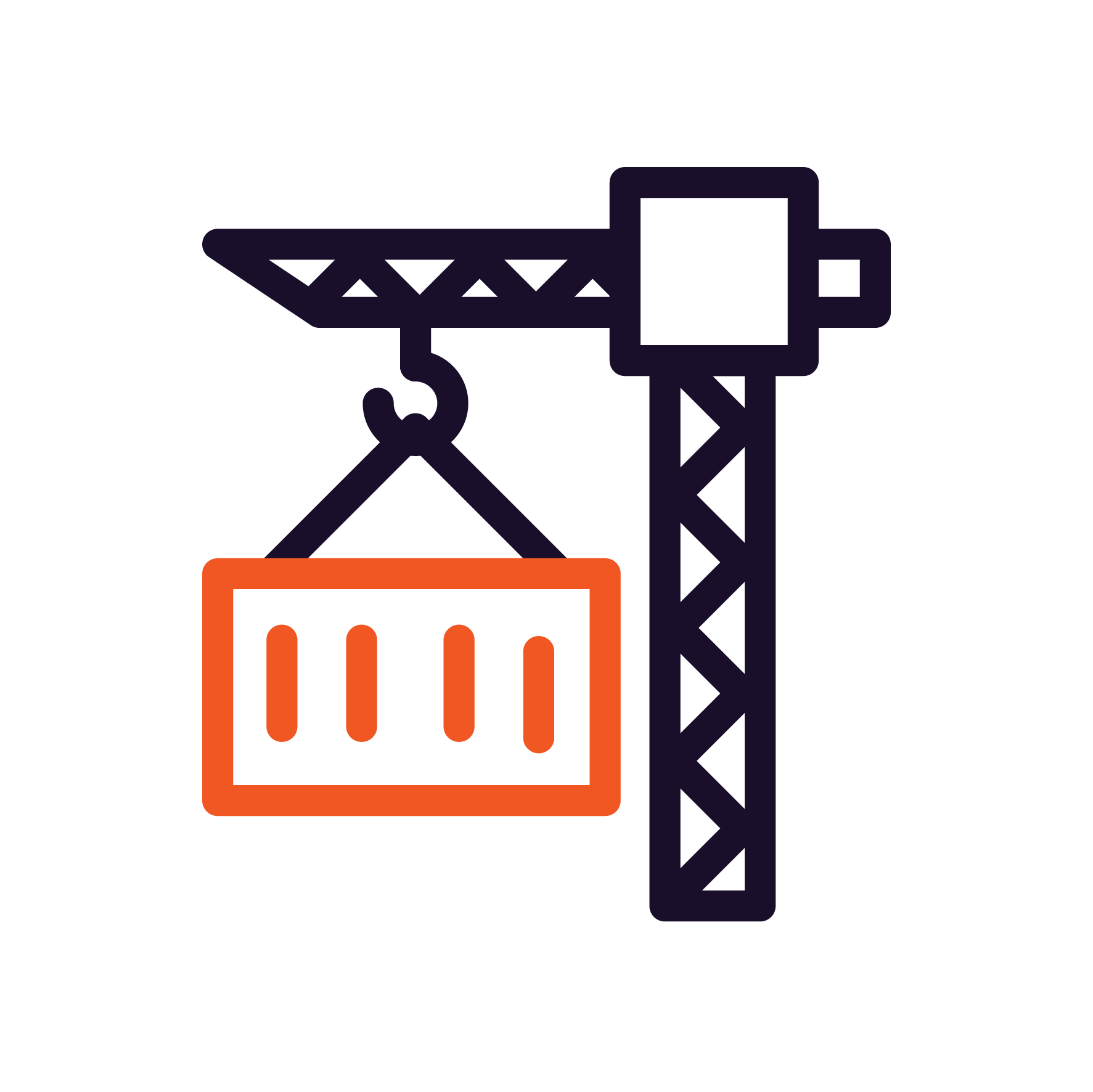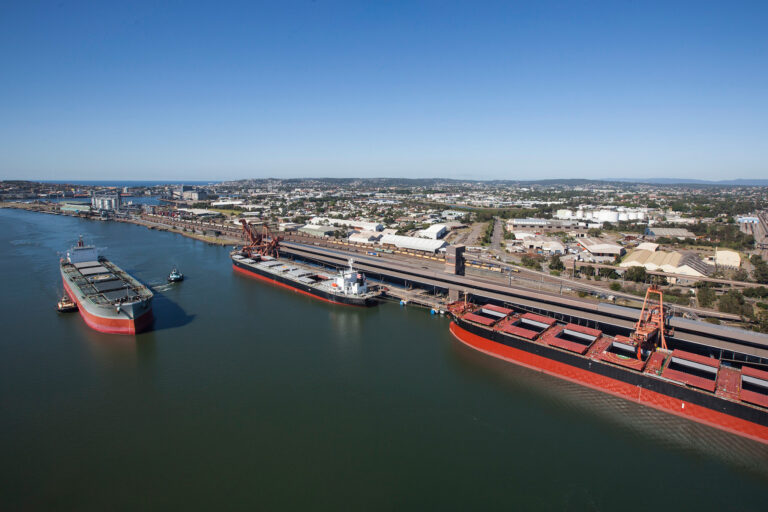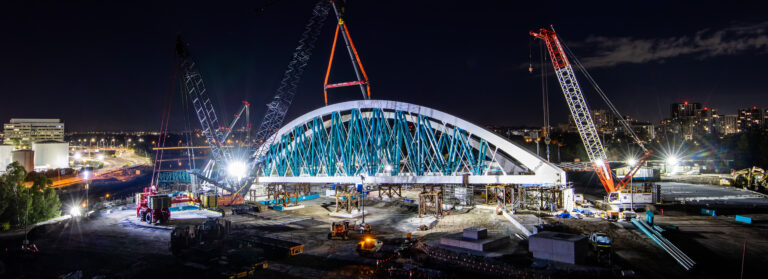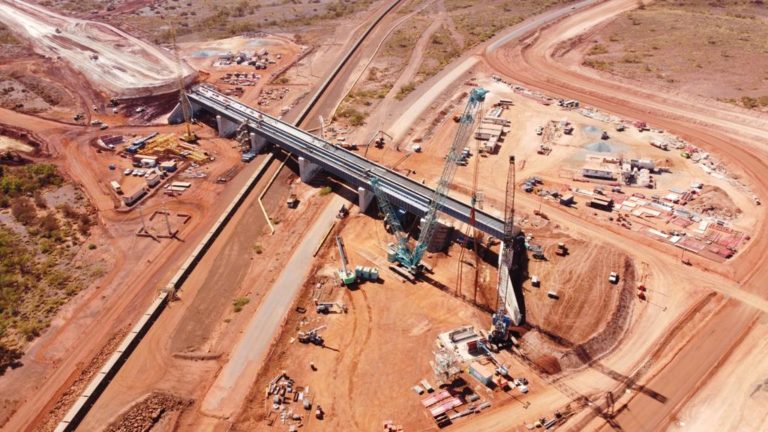Avon River Bridge
BG&E challenged the reference design for the Avon River Bridge upgrade, successfully reducing the superstructure depth, optimising the foundation layout, shortening the approach length, and minimising tie-in footprints. These improvements offer significant benefits in cost, constructability, and environmental impact on local fauna.
The existing rail bridge over the Avon River was constructed in 1988. Located north of the existing rail bridge and south of the Princes Highway Bridge in Stratford, the bridge underwent several lengthening works over the years due to river thalweg, which caused changes to the riverbed.
The bridge’s geometry and declining condition (because of age) resulted in onerous speed restrictions of 10 kilometres per hour and limited load-carrying capacity. To improve service operation, Rail Projects Victoria (RPV) committed to building a new Avon River bridge.
BG&E delivered the detailed bridge design for CPB Contractors, who were engaged by Rail Projects Victoria under a design and construct model.
The works included
- Track and track formation design.
- New 500 metre long bridge over Avon River.
- New flood relief bridge on the western embankment.
- New retaining walls on the eastern embankment to preserve the Native Title.
- Upgrade to McAllister Street Level Crossing.
- Preserving existing heritage-listed timber trestles on the western embankment.
- Detailed hydrology study.
The bridge comprises 18 spans of twin 1500 millimetre deep, 28 metre long Super-T girders, with driven precast-concrete pile piers through the floodplain, and driven concrete-filled steel tube piles through the river. The alignment is a single horizontal radius throughout the bridge length, with the superstructure faceted for simplified construction, while ensuring the required kinematic envelopes are provided.
BG&E conducted detailed rail-structure interaction modelling to optimise the loading on the slender piers for the upgraded bridge.
Given the bridge is in a marine environment, we engaged our industry-leading Materials and Durability experts to provide specific guidance on concrete mix design and treatment of exposed surfaces. Our design allowed for significantly less disturbance by removing the need for pile cap construction within the riverbed, alternately providing driven concrete- filled steel-tube piles to headstock level. This had profound benefits to local fauna.
Ultimately, the new bridge has improved train reliability, allows trains to operate up to 90 kilometres per hour, and caters to future freight train movements.
Location
Client
Key Outcomes
Improved train reliability, enabling speeds up to 90 km/h and supporting future freight operations
Minimised disturbance to local fauna by removing pile caps in the riverbed and using driven concrete-filled steel tube piles
Reduced superstructure depth and optimised foundation layout, enhancing cost, constructability, and environmental impact






